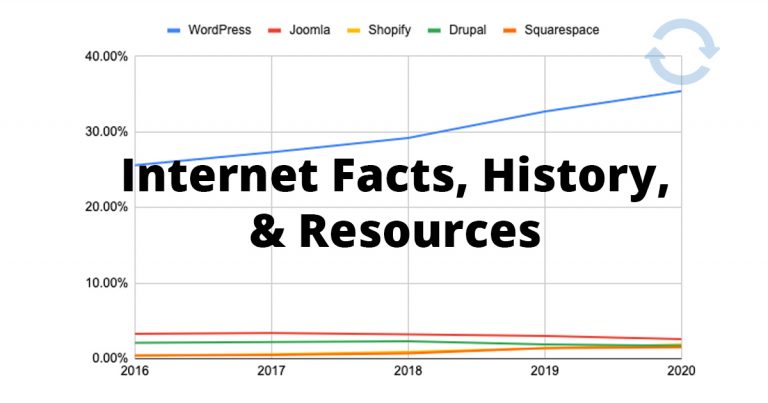5 Ways to Measure Content Marketing ROI
It can be difficult to get stakeholder buy-in with content marketing. Marketers can prove how valuable this digital strategy can be by measuring ROI, or return on investment.
It’s important to understand your ROI as it measures how successful your content marketing strategies are.
What is Content Marketing ROI?
ROI is a simple calculation that determines how much money you made from an investment. The result is a percentage. Anything over 100% means your investment paid off. If your ROI is under 100%, that means you lost money on the investment.
To measure ROI for content marketing, determine the total cost of all content marketing activities (this could be payroll, costs of third-party editing, and even blog hosting expenses). Then, you’ll need to determine the total revenue generated by your content marketing activities. It’s important that your organization has the ability to attribute sales to specific marketing activities. Finally, to calculate your ROI figure, take your revenue minus expenses and divide that by your expenses. That resulting percentage is your Content Marketing ROI.

Content Marketing Metrics to Measure
Below are five metrics for content marketing revenue that will help you find out which of the efforts are paying off.
Website Traffic
Relevant and attention-grabbing content will reward you with great traffic: the foundation of your content marketing success. You are likely to increase revenue when users are interested in your content. But building traffic is more than just attracting new users to your website; it’s also about keeping them there.
Good traffic contributes to your content marketing ROI as your sales will come from the users who have read or interacted with your content. The most effective way to find out how much traffic each content generates is through Google Analytics.
Open your Landing Pages on Analytics and check the report that shows which pages users are reading. This is usually sorted by the top-ranking page. With this data, you can then continue creating similar content to increase traffic and ROI.
When measuring traffic for ROI, it’s imperative that you know where traffic is coming from. Knowing the source of website traffic tells you that your strategies are working. You can then focus on channels that helped with traffic and work more on getting more conversions from these users.
Website Engagement
After checking the stats for website traffic, find out the level of engagement these users have with the content you published. Your engagement rate contributes to your ROI as these users are also most likely the ones buying from you. If they are engaging with you, that means they are interested in your product or service.
One of the engagement metrics to check for is the Average Time. It matters because the longer they stay on your site, the better chances you have of converting these leads into a sale. You can track these all in Google Analytics.
For social media engagement, Facebook Page Insights can give you detailed analytics of your page. You are able to track whether your efforts are working and who are the followers interacting with the content you published. Facebook Page Insights works just like Google Analytics – it can help you understand your audience better.
Engagement impacts ROI. And you need to take advantage of this tool — improve on the content to get more engagement and eventually conversions.
Social Engagement
There are more than 3 billion people that use social media and Facebook remains to be number one. 73% of marketers believe that social media marketing is highly effective, which is why you need to also track this as it impacts your ROI, too.
Google Analytics can tell you which social media channels are most effective in your content marketing. Some of your sales may also come from social media.
Buzzsumo is also a good tool for tracking social media shares. Make sure you utilize them when measuring success with content marketing.
Quality of Your Leads
Hot leads are the best types of leads. These leads would directly contact you for inquiries. These are users who are interested in what you are selling, have a budget for it, and are most likely ready to purchase.
Having quality leads directly impacts your ROI as these can lead to Conversions. You have good leads when visitors take advantage of your free trial subscriptions, e-newsletters, samples, or white papers. When you have their email addresses, it will be a lot easier to reach out to them and nurture them until they purchase from you.
Google Analytics can tell you if users are interested in your products based on the pages they visit. If they spend more time on your Pricing page or other related pages, this could also mean that they are ready to purchase.
Sales
The top metric that directly impacts your return on investment is your revenue. How much money you are making from publishing good content can tell you that your marketing strategies are paying off.
You can convert a quality lead to sales by directly asking them to buy from you. To encourage them to purchase more, make sure that you work with other parts of the marketing team to consistently reach out via email marketing. Thank them for their purchase and keep nurturing them. You can also consider giving them special discounts to get them to buy more. Most importantly, ensure that you deliver what was promised to them. When clients are satisfied with a product or service, they will be loyal to your brand. In some cases, they can even become brand ambassadors. Through word of mouth, these users can convince other prospects to buy from you.
To maximize sales, it’s important that you know how to cost-effectively market your products and services. When computing the cost of your content marketing, including fees for sourcing out images, videos, and audio.
Choose Your Metrics Carefully
The right metrics should align with your company goals. If you’re overwhelmed with data, you can focus on metrics that have a direct impact on your return on investment. The next step would be to keep improving your strategies to generate more revenue and build more profit.




